A Look at Dante Country
Dante described himself as ‘Florentine by birth, but not by conduct.’ The Dante House museum, Florence marks the poet’s birthplace, and not far away is the San Giovanni Baptistry where he was christened. Yet his life in Florence did not last beyond childhood. Involvement in politics resulted in his banishment, facing the threat of death if he returned. Dante fled. He spent the rest of his life in a variety of cities – Venice, Verona, Bologna, Rome, Ravenna, as well as smaller places like Cassentino, Romena, Lunigiana and the Mugello region.
One of his favourite places was the town of Lunigiana in Northern Tuscany. Just like Dante, modern visitors can stay in the monastery of Santa Croce del Corvo. Apparently he told the monks on arrival all that he wanted was peace – and today that is still on offer. From the monastery’s tranquil perch high above the calm waters of the lake, guests can explore the mountains or take boats to quiet beaches and inlets. The near by town of Mulazzo celebrates Dante’s arrival in the area with a historical re-enactment each April.
Ravenna is where he died and was buried. Interestingly, after his death the Florentines wanted him back due to his importance. Although the monks in Ravenna sent a coffin to be placed in the big tomb created by the Florentines, it was actually empty as they had hidden his bones elsewhere. It was not until 1865 that his bones were rediscovered. Nowadays, the Dante Museum houses fascinating exhibitions about the poet and his life.



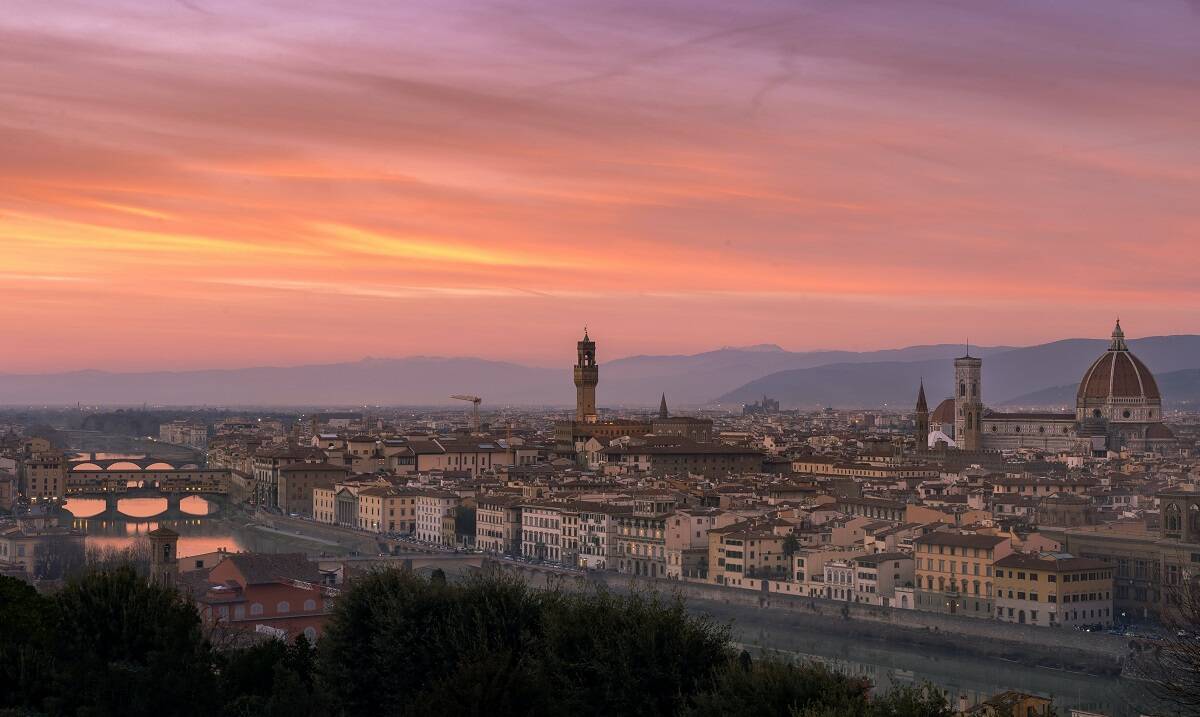
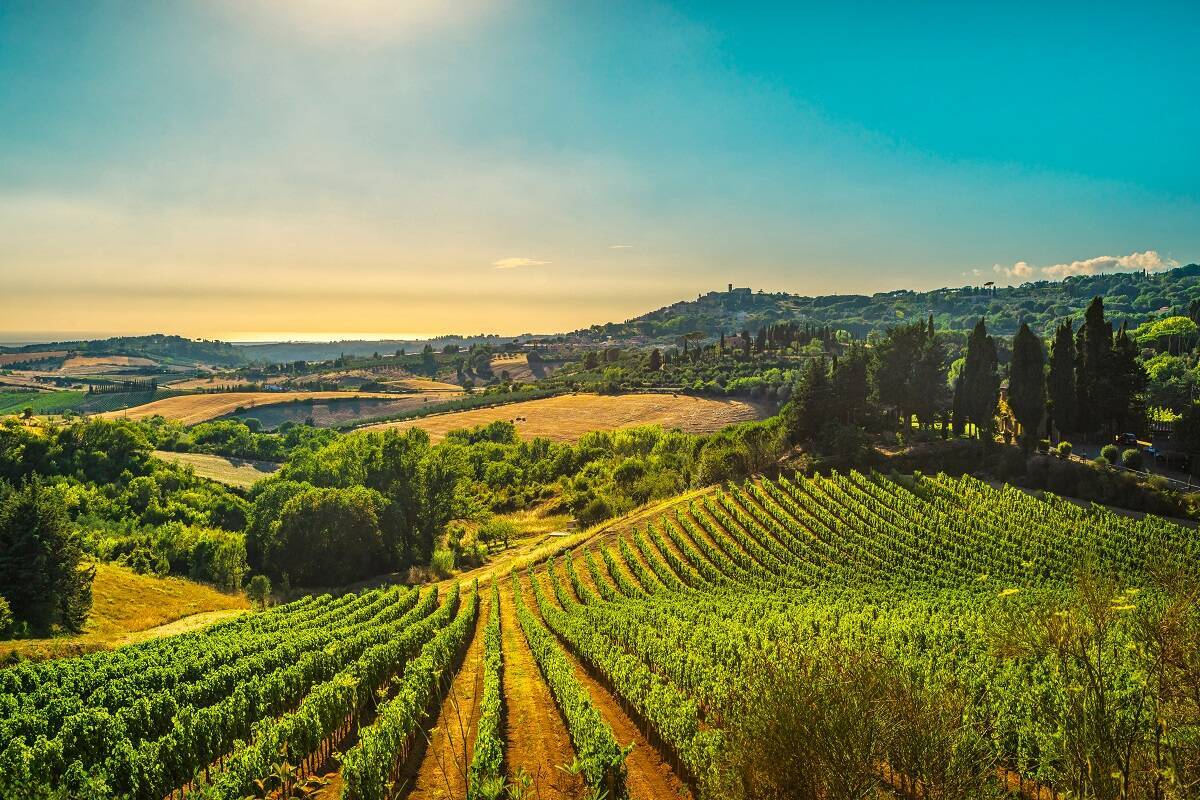

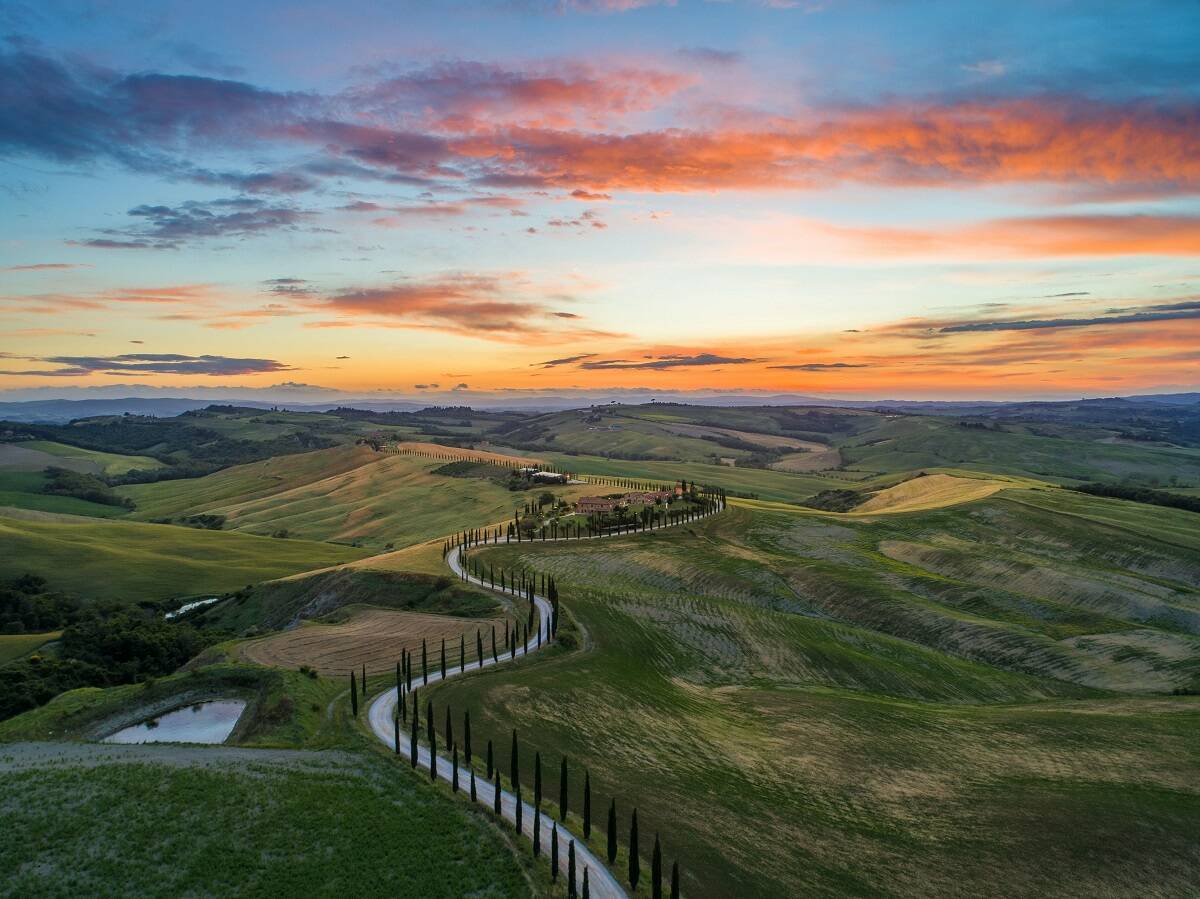
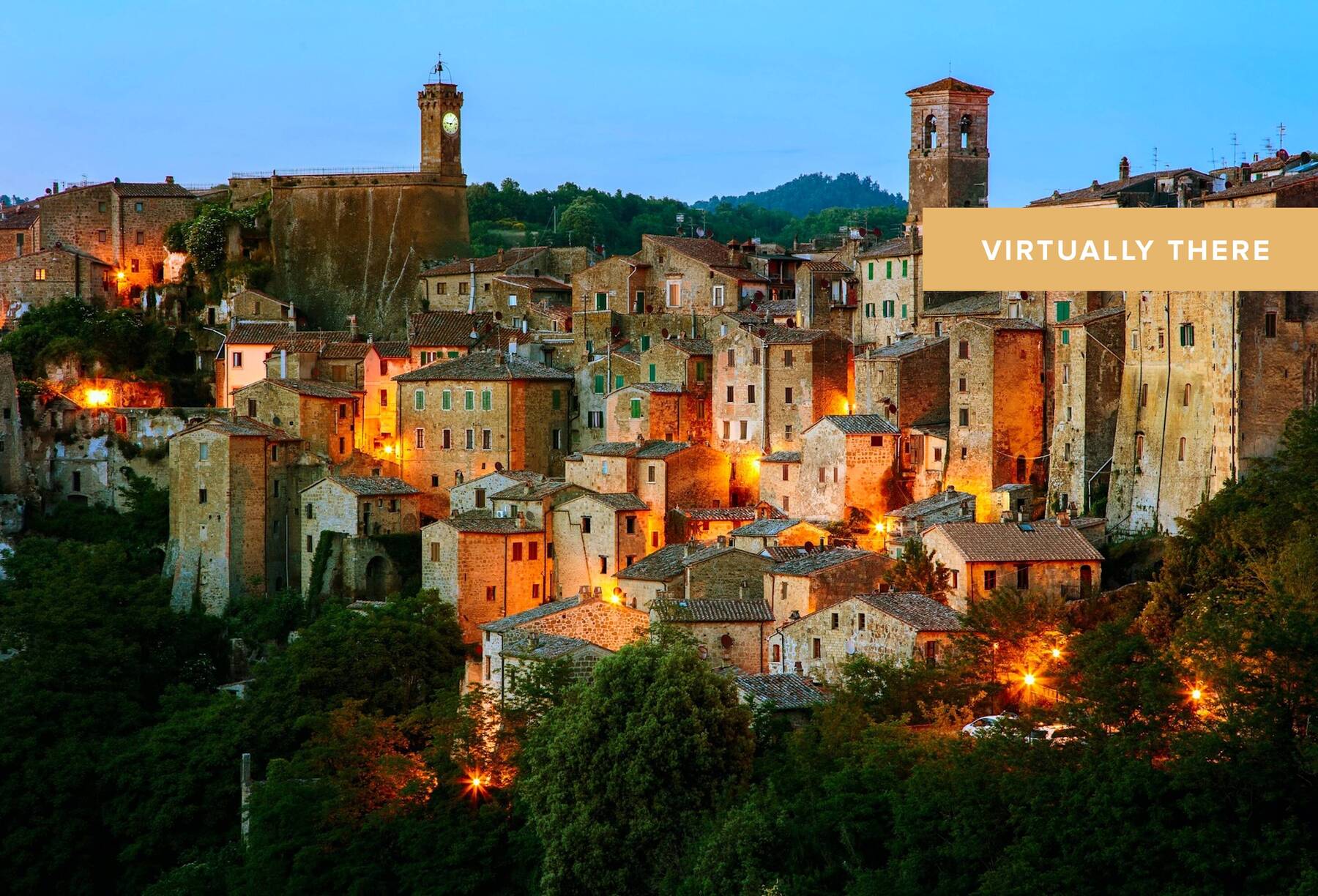

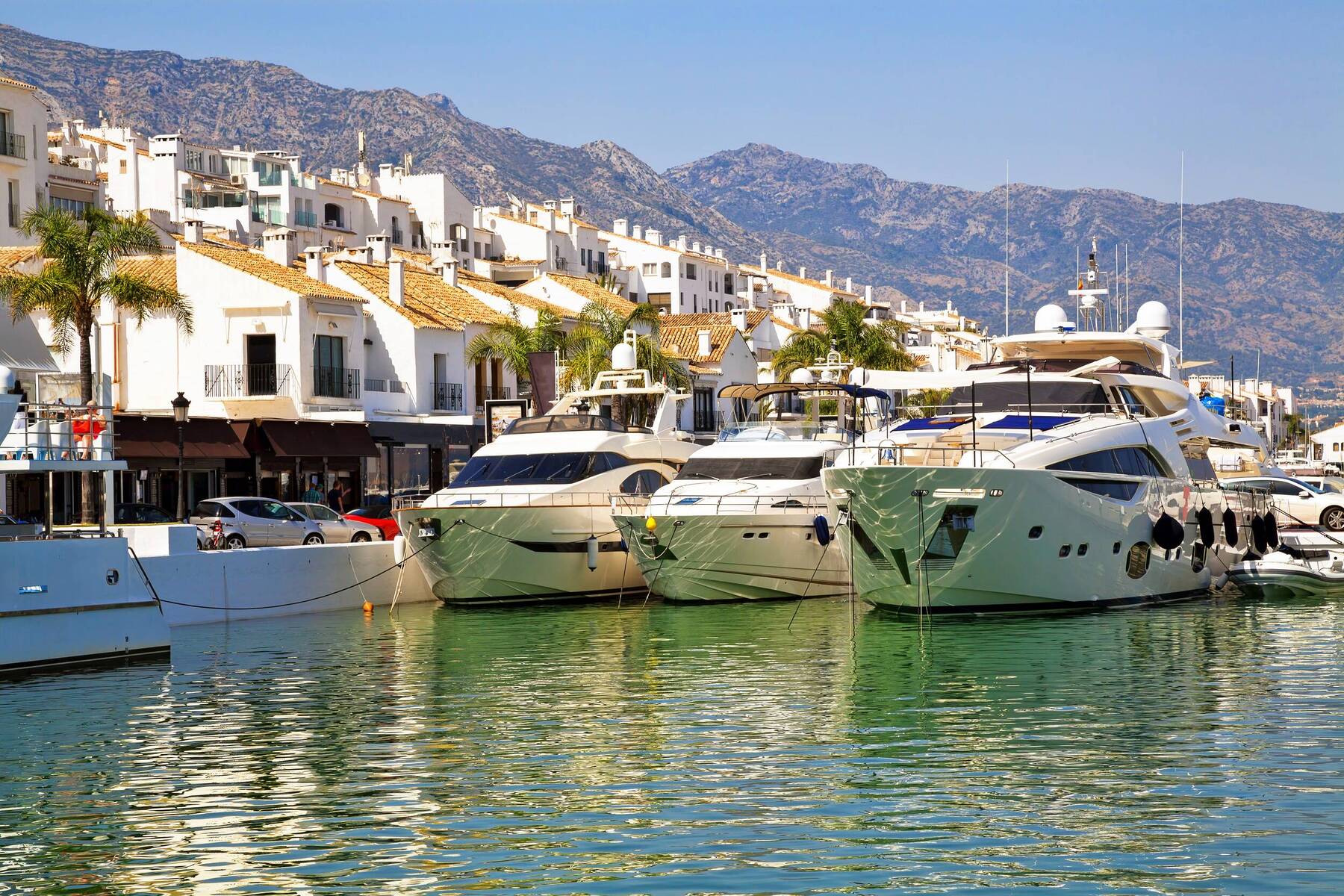




Comments